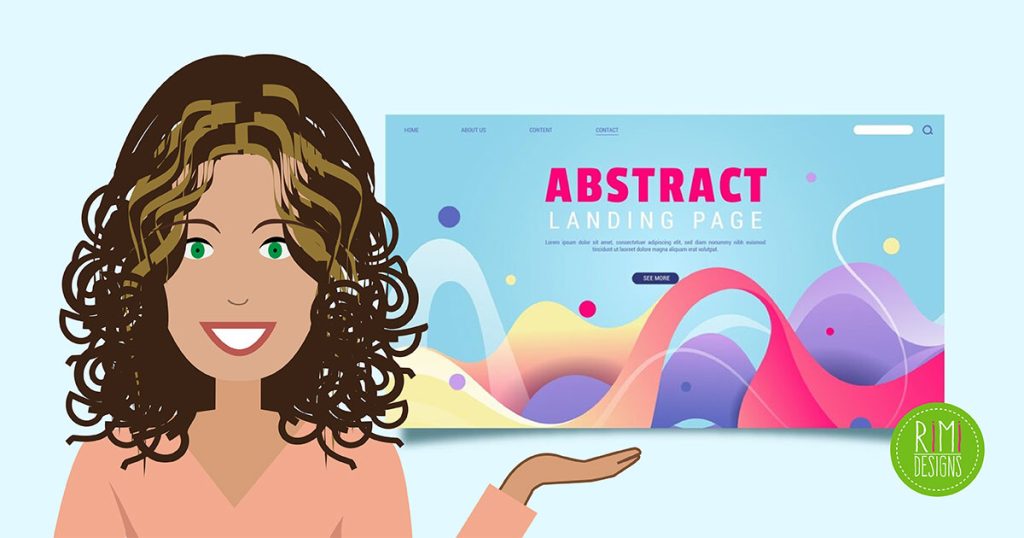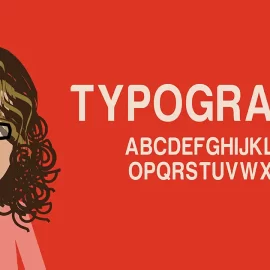
7 Tips for Designing a Clean Yet Colourful Website
A clean website design does not have to be boring and a colourful website design does not have to be obnoxious and overwhelming. Interestingly, usually all a clean website needs to jazz it up are a few bright or bold colours, while an obnoxious website needs a clean redesign to go from overwhelming to simply colourful.
For these reasons, a clean, yet colourful, website is the perfect marriage. Together, these aspects create a stand-out design that creates a lasting impression and keeps visitors coming back for more.
Let’s think about this a moment. What does a clean design mean? Most can probably agree that a clean design is one that is consistent and streamlined so that every element is balanced, clear in its purpose and looks like it belongs in that exact spot and as a part of the whole design.
However, a clean design doesn’t have to be minimalist, which is why the colourful part works well in conjunction with a clean design. In fact, a clean design can even have animations, parallax and other extras.
What distinguishes a clean design, though, is that it flows together so perfectly that navigation is a breeze and the purpose of the website is clear right away. For visitors, the entire feel is professional and high quality.
The colour aspect of a clean design is where you can add in the personality of the website. You can limit colours to small, consistent parts of the design, or you can use bold blocks of colour throughout. To keep from going overboard with too much colour, though, you will need a clear plan and colour scheme.
Let’s take a look at these and other best practices below to help you better design a clean, yet colorful, website for your clients.
1. Non-white space
Lots of white space is a must in a clean design. White space keeps a website from looking cluttered and it also helps lead the eye to important information. But white space doesn’t have to be white.
2. Precise, bold colour
Use bold, solid colours to create distinction between sections, but be careful to not overdo the design with too many extras on top of all the colour.
For instance, try to use only subtle textures. Gradients and patterns should be used with extreme caution but can work if colours are pale or subtle. You can also use bold colours in boxes or buttons.
3. Large, bold Images
One excellent way to add colour to a website is with large, bold photographs or illustrations. You can place them throughout the website, keep them in the header or even line the entire background with image boxes in a grid layout.
4. Clear colour scheme
It’s perfectly fine to have more than a few colours on a website and still be considered a clean design. The colours simply have to have purpose and remain consistent in their use.
A clear colour scheme gives certain colours specific purposes, such as fonts remaining white, while the backgrounds of different sections are in 3 different bold colours.
5. Hierarchical typography
Rather than using loud, colour-crazy arrows or badges everywhere to point to important information, good designers know to use hierarchical typography. Bold, big fonts for titles and headings or even different coloured fonts are a great way to help information flow. Just make sure that any colours used for text stand out well from the background.
6. Simple navigation
One of the “biggies” for a clean design is simple, easy-to-use navigation. Links do what they should, menus are accessible and information is clearly organised. If needed, use drop-down menus for websites with lots of content.
7. Alignment precision
Last of all (yet probably one of the most important ways to make a clean website have that highly professional look), everything should be lined up perfectly.
A clean website has a pixel-perfect design. In fact, a clean website follows some sort of grid layout, which is why everything looks “snapped” into place.
SOURCE: Noupe
Need a professional looking website?



